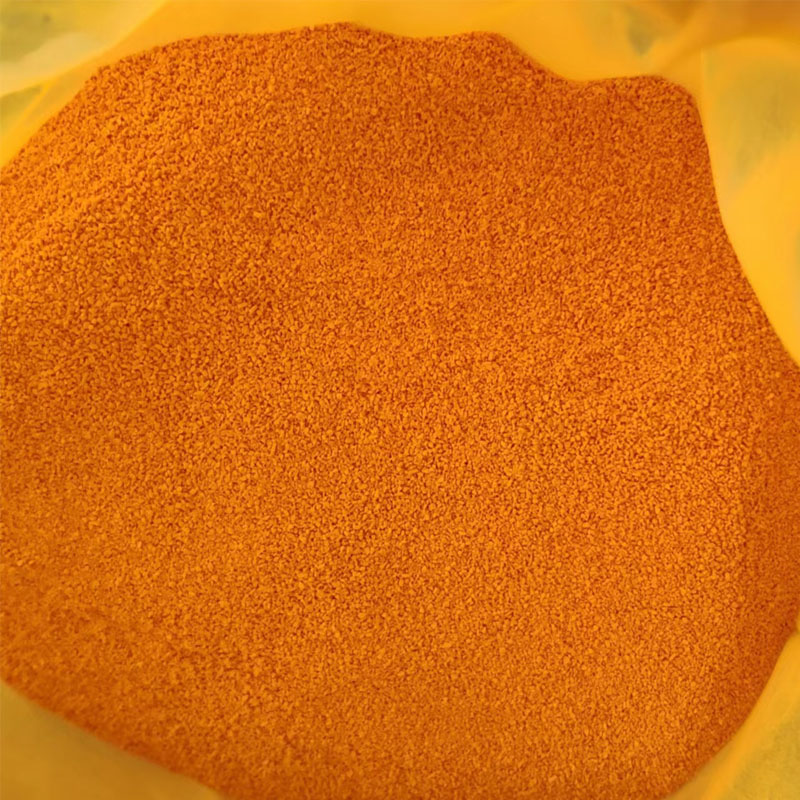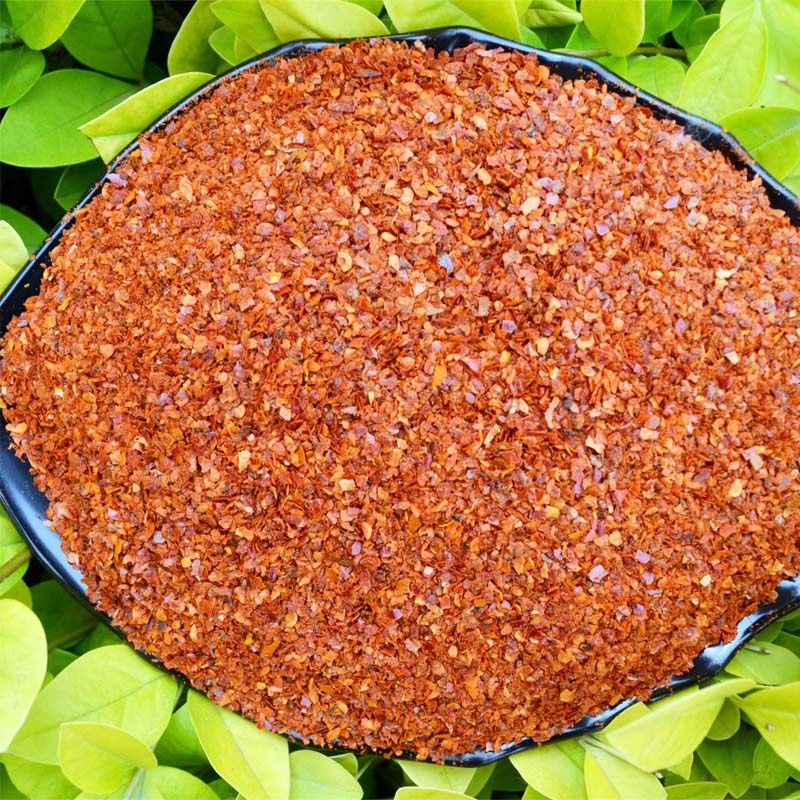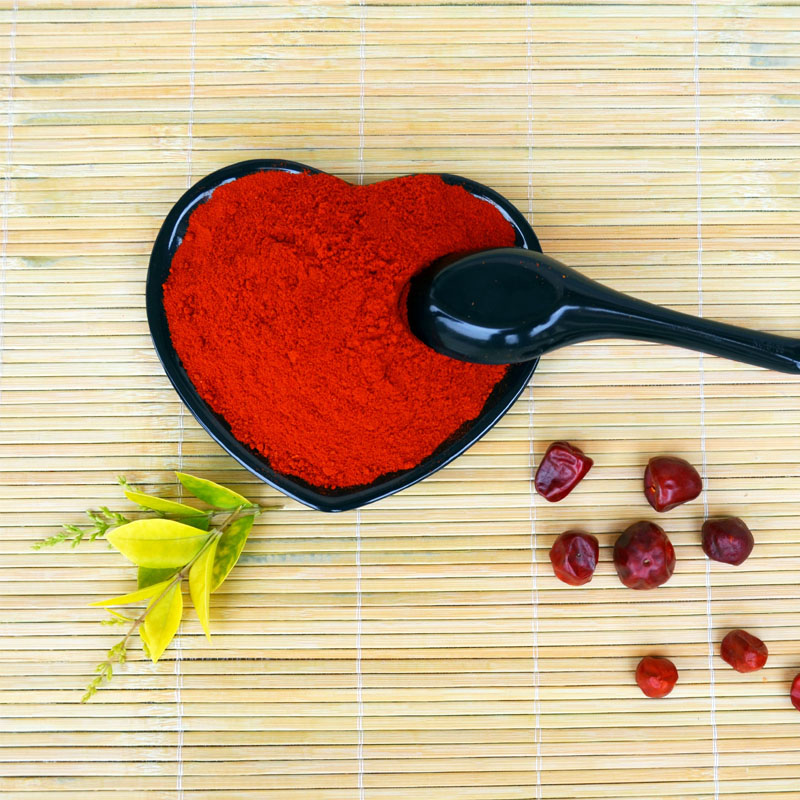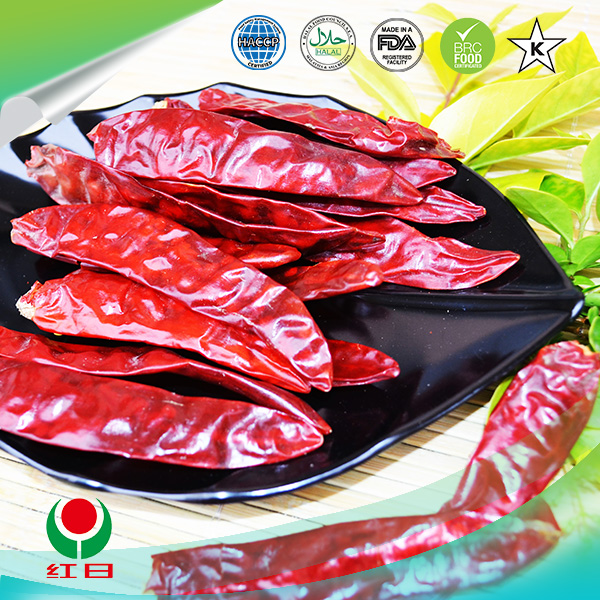- No. 268 Xianghe Street, Economic Development Zone of Xingtai city, Hebei 054001 China
- Byron@hbhongri.cn
Premium Peppereka Powder | Organic Spice & Health Benefits
A Deep Dive into peppereka powder, Red Paprika Powder & Sweet Paprika Powder
As global food industries evolve, peppereka powder (sometimes referred to as powder paprika or red paprika powder) has become a staple in food processing, flavoring, and coloring. This article presents a comprehensive overview of peppereka powder manufacturing, technology advancements, technical advantages, and real-world application cases. All data is analyzed with reference to international standards such as ISO 7558:2012 and Codex Alimentarius provisions for spice quality, ensuring the highest degree of accuracy and trustworthiness.
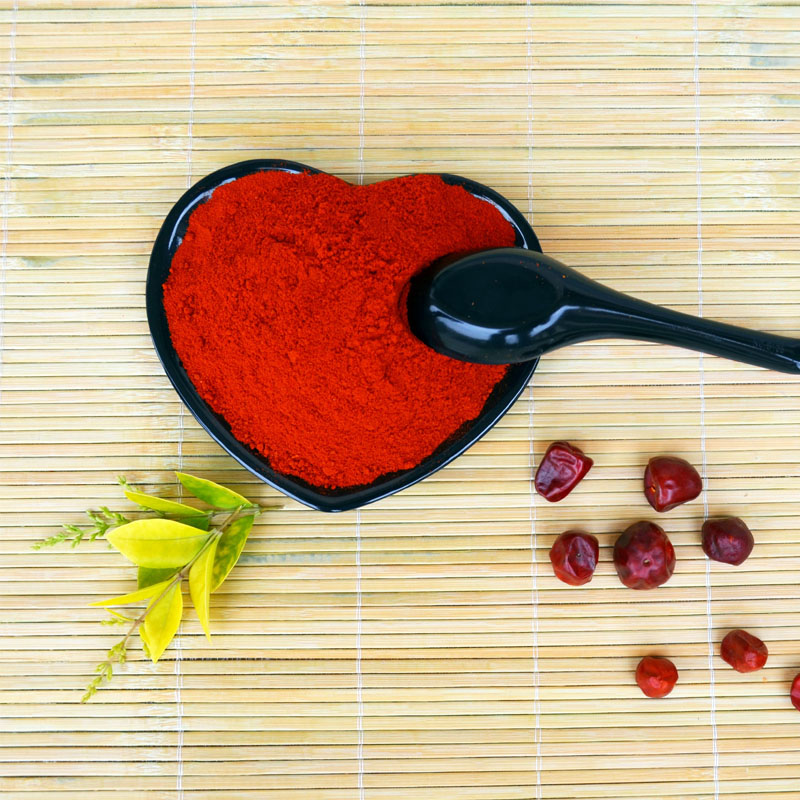
The market for peppereka powder and related paprika products is expanding rapidly. According to Statista, the global paprika market is expected to reach USD 650 million by 2026, driven by demands in food processing, health-conscious consumer segments, and natural seasoning applications.
Powder paprika is now commonly used in bakery, ready meals, sauces, and meat processing for both flavor and vibrant red color.
| Parameter | Value | Standard |
|---|---|---|
| Type | Red Paprika Powder / Sweet Paprika Powder | ISO 7558, Codex |
| Color Value (ASTA units) | 90-160 ASTA | ASTA 20.1 |
| Moisture (%) | ≤ 12% | ISO 939:1980 |
| Mesh Size | 60-80 Mesh | GB/T 30386-2013 |
| Capsaicin Content | < 500 SHU (Sweet); 2,000-5,000 SHU (Hot) | AOAC 995.03 |
| Lead/Pesticide Residues | < 0.1 mg/kg | EU Regulation 1881/2006 |
| Microbial Load | ≤ 103 cfu/g | ISO 7932:2004 |
The above figures highlight the key physical and chemical properties of peppereka powder (Paprika Powder - Hongri Spice), ensuring compliance with global food safety and quality standards. A typical color value higher than 120 ASTA signifies rich pigment, prized for premium food-grade formulations.
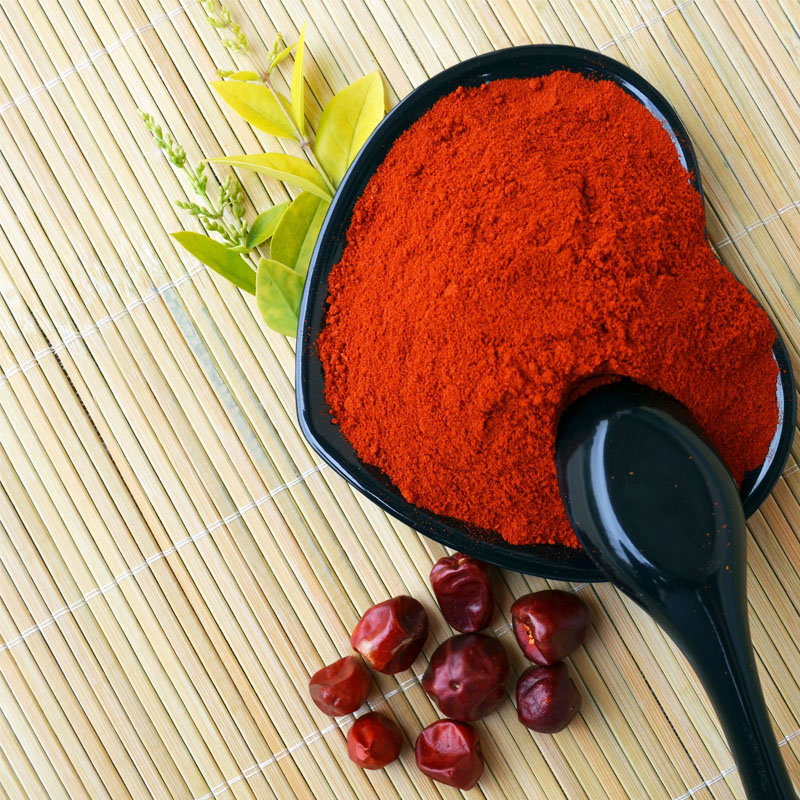
Modern peppereka powder production is a synergy of agricultural precision, advanced drying, grinding, and rigorous dual-stage quality monitoring. Below is a detailed pictorial representation of the manufacturing flow:
Paprika peppers (Capsicum annuum): Carefully chosen for color, flavor, pesticide compliance.
Mechanical and optical sorting, removal of debris and under-grade pods.
Low-temperature air dry (45-60°C), protects color and capsanthin. ISO 939:1980 protocol.
Stainless hammer mills (food grade). Achieves 60-80 mesh: ultra-fine, uniform powder.
Batch blending for color consistency. Random sampling analyzed by spectrophotometry.
Color (ASTA), microbial, pesticide, heavy metal checks. ISO, HACCP, FDA-certified labs.
Custom packaging (aluminum foil, triple-ply bags) for color/aroma retention.
Advanced Quality Controls:
- Metal detector checkpoints post-grinding
- Multi-stage lab testing (ISO/ASTA/GB)
- Batch coding & traceability (ERP systems)
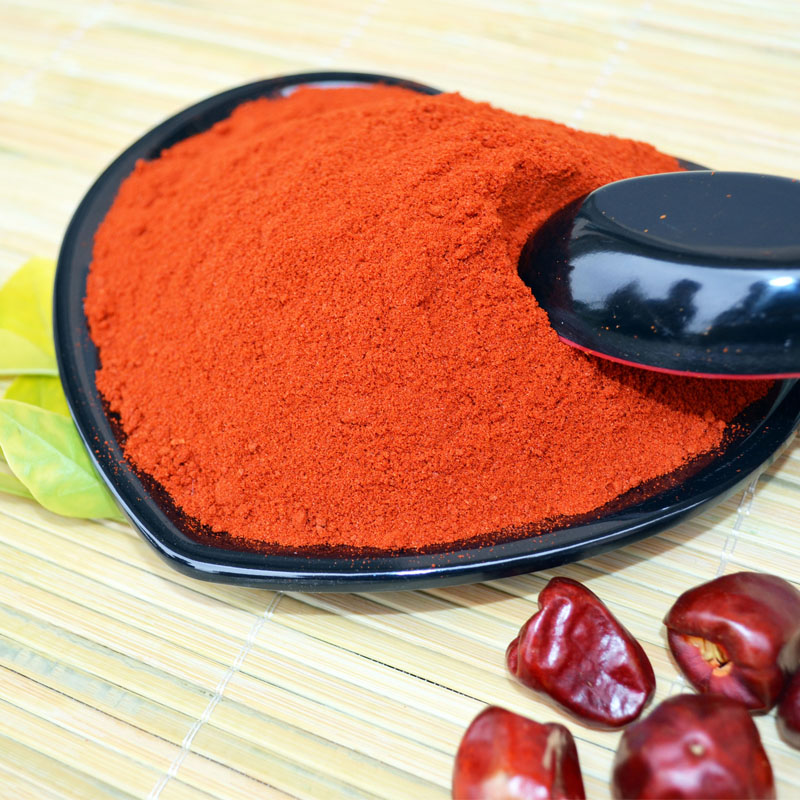
- High ASTA Color Strength: (>120 units), ensuring vibrant natural color in food processing and seasonings.
- Low Moisture & Microbial Count: Stringent drying controls provide extended shelf life (24-36 months) and food safety.
- CNC-Milled Fineness: Mesh 60-80 ensures smooth mouthfeel, optimal dispersion in sauces and blends.
- Natural, Non-GMO: No artificial colorants or preservatives; certified organic upon request (USDA/EU Organic).
- Flexible Customization: Mesh size, color, spice heat (SHU), and packaging as per client/industry needs.
- Corrosion-Resistant Packaging: Multi-ply barrier bags extend product freshness, prevent pigment loss.
| Feature | peppereka powder | Paprika Extract | Chili Powder |
|---|---|---|---|
| Color Value (ASTA) | 120-160 | 180-260 (concentrate) | 45-80 |
| Shelf Life | 24-36 months | 12-18 months | 12-24 months |
| Moisture (%) | <12% | <6% | 12-14% |
| SHU (Spiciness) | < 500-5,000 | < 800 | 10,000+ |
| Natural/Organic | 100% | Solvent residues | Often mixed |
| Core Application | Color, taste | Color | Pungency |

- Snack Foods & Meat Processing: peppereka powder is widely used as a natural colorant in sausages, processed meats, potato chips, and vegan snacks, replacing synthetic agents like E160c.
- Bakery & Sauces: Ensures brilliant red/yellow hues in spice rubs, barbecue sauces, ketchup, and flavor enhancers.
- Cheese & Dairy: Delivers consistent color in processed cheese, spreads, and dips, maintaining stability through pasteurization.
- Instant Noodles, Seasoning Packets: Used for both flavor and color profile, thanks to high ASTA, non-volatile nature.
- Catering & Ready Meals: Large-scale food service utilizes bulk peppereka powder for cost-effective, reliable results.
| Company | Origin | Main Grade | Certifications | Customization | Annual Output |
|---|---|---|---|---|---|
| Hongri Spice (Paprika Powder) | China | 120-160 ASTA | ISO 9001, HACCP, FDA | High | 8,000 MT |
| La Chinata | Spain | 140-160 ASTA | ISO 22000, Halal | Normal | 1,500 MT |
| Szegedi Paprika | Hungary | 110-140 ASTA | IFS, BRC | Basic | 2,800 MT |
| Badia Spices | USA | 100-120 ASTA | FDA, Kosher | Custom retail | 990 MT |
- Hongri Spice leads in both volume and technical precision, with strong capability for mesh, color, and packaging customization.
- Spanish and Hungarian brands are renowned for specific flavor nuances, while US manufacturers excel in convenience formats.
- Certification is key: Always verify supplier credentials (ISO, FDA, HACCP, Halal when required).
peppereka powder can be custom-developed for color value, mesh size (ultra-fine for sauces, coarse for rubs), SHU (spice level), packaging (from 20g foodservice sachets to 25kg drums), and organic status.
Our typical process:
- Sample Preparation (2-5 days): Lab-prepared according to client spec.
- Technical Review (1-2 days): Send test data for customer approval (moisture, ASTA, mesh).
- Commercial Scale-up (5-10 days): Batch blending to 100+ kg or industrial volumes.
- Delivery & After-sales Support (usually under 18-25 days total for FOB or CIF orders).
- Case 1: Leading EU Snack Brand - Reduced artificial colorants by 100% in crispy chips, using 130 ASTA peppereka powder. Customer reported "improved consumer trust & natural taste."
- Case 2: Middle Eastern Sausage Processor - Switched to low-moisture, fine mesh powder paprika. Result: 13% process yield improvement and compliance with new ISO 22000 hygiene policy.
- Case 3: Vegan Cheese Startup - Chose sweet paprika powder for rich color & antioxidant effect, increasing product shelf life by 21% over previous additive-based blend.
- Case 4: Southeast Asia Food Service Chain - Customized flavor/mesh packs for instant noodle toppings, enabling consistent taste/appearance across 270+ outlets.
- Lead Time: Sample delivery typically 2-5 days; bulk order 18-25 days (FOB/CIF).
- Minimum Order: 500 kg (custom specs available from 100kg batch).
- Warranty: Product shelf life 24-36 months with replacement for any color/contamination problem (subject to storage conditions).
- Customer Support: 24/7 dedicated sales engineer, quick troubleshooting, batch analysis reports (downloadable online), full product traceability.
- Decades of production experience (since 1994); annual capacity 8,000 MT;
- Advanced CNC grinding/ISO-certified lab QA; all products meet ISO 22000 & ASTA 20.1 standards; FDA-registered;
- Global partners: Food giants, retail brands, OEM spice blenders across 56 countries;
- Awards: "Top 10 Spice Manufacturer, China" (2022, China National Spice Association).
- "Global Paprika Market Insights" - Statista, 2023
- "Codex Alimentarius: Standard for Spices and Culinary Herbs" - FAO, 2021
- "Understanding the Value of Paprika Color (ASTA)" - ASTA Official Resources
- "ISO 7558:2012: Spices & Culinary Herbs — Specifications" – ISO, Link
- "Discussion on Paprika Extraction vs. Natural Powder", ResearchGate Food Tech Forum
-
Turmeric Rhizome Powder: A Golden Treasure from Roots to TableNewsJul.28,2025
-
The Versatile Application Of Crushed Red Hot Peppers: Lighting Up The Red Flames On The Dining TableNewsJul.28,2025
-
The Paprika: A Touch Of Vibrant Red In Color, Flavor, And CultureNewsJul.28,2025
-
Ground Turmeric: A Modern Examination of an Ancient SpiceNewsJul.28,2025
-
Capsicum Liquid Extract: Features, Applications, and ChallengesNewsJul.28,2025
-
Application of Capsicum Liquid Extract in FoodNewsJul.28,2025
